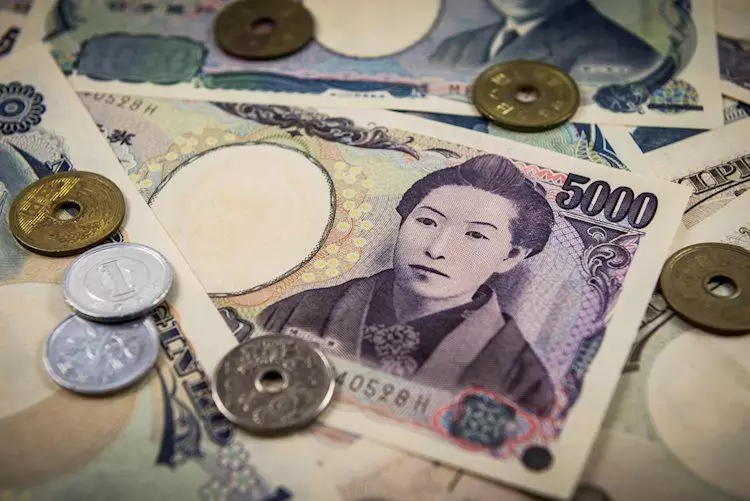The Japanese Yen experienced a slight increase as the government announced a allocation of ¥989 billion to fund energy subsidies. This move had a positive impact on the currency, showing some support amidst the economic challenges faced by Japan.
On the flip side, weak Japanese manufacturing data raised concerns and sparked speculations that the Bank of Japan (BoJ) might postpone further rate hikes. This caused some downward pressure on the JPY, reflecting a level of uncertainty in the market.
The US Dollar, on the other hand, received support from improving Treasury yields. This bolstered the USD against its counterparts, including the JPY, creating a more favorable exchange rate for the dollar.
The US Bureau of Economic Analysis reported that the headline PCE Price Index increased by 2.5% year-over-year in July, falling slightly below the estimated 2.6%. This data influenced the market sentiment towards the USD and impacted its exchange rate with the JPY.
In Japan, the Consumer Price Index (CPI) rose to 2.6% year-on-year in August, showing signs of inflationary pressures. However, the unexpected climb in the Unemployment Rate to 2.7% in July raised concerns about the job market, affecting investor confidence in the JPY.
The hawkish tone of Federal Reserve Bank of Atlanta President Raphael Bostic on rate cuts indicated a shift in policy direction, adding to the uncertainty in the market. His remarks about cooling inflation and higher unemployment rates influenced the perception of the USD’s strength.
The US GDP growth rate exceeded expectations in the second quarter, while a decline in Initial Jobless Claims signaled a positive trend in the labor market. These factors contributed to the USD’s performance against the JPY, shaping the exchange rate movement.
Looking at the technical analysis of the USD/JPY pair, the bearish trend indicated by the nine-day Exponential Moving Average (EMA) below the 21-day EMA and the RSI below 50 suggested a downward trajectory. Support levels for the pair were identified, with potential resistance levels if the trend were to reverse.
Economic data plays a crucial role in shaping the exchange rate dynamics between the USD and JPY. Market participants closely monitor key indicators and policy announcements to assess the strength of each currency and make informed trading decisions. The interplay of factors such as inflation, GDP growth, interest rates, and geopolitical risks contributes to the fluctuations in the USD/JPY exchange rate, highlighting the importance of staying updated on economic developments for successful trading strategies.

